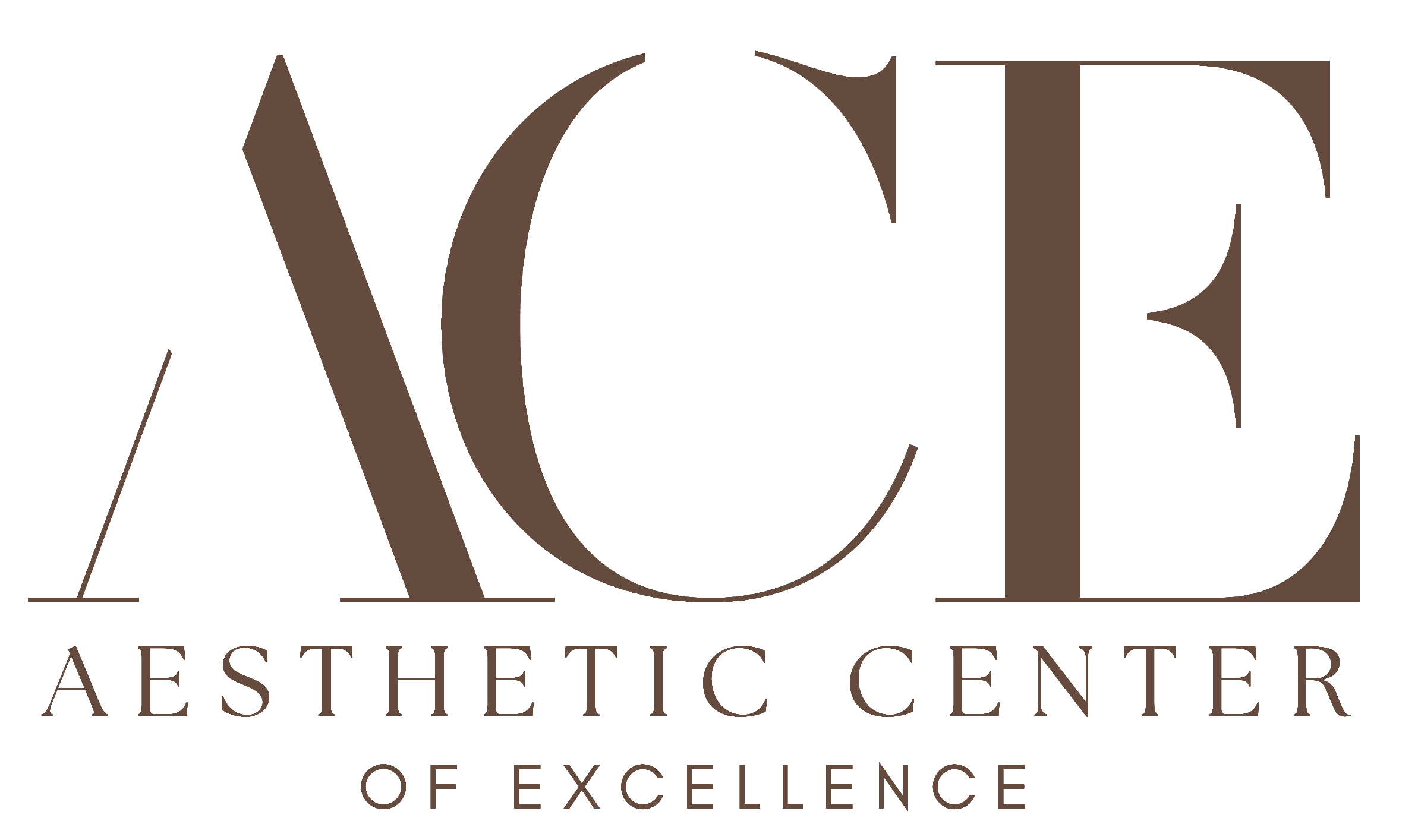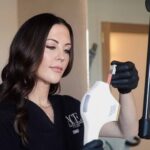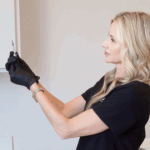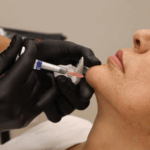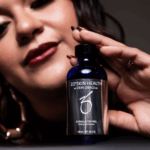
Table of Contents
Photofacials are a popular way to tackle sun damage, pigmentation, and uneven skin texture. They also stimulate collagen production to reduce fine lines. But the procedure doesn’t stop when you leave the clinic—the right skincare routine afterward makes all the difference. The way your skin heals and how long the results last depend on what you apply during recovery.
What Happens to Your Skin After a Photofacial
Photofacials use Intense Pulsed Light (IPL) to target pigment in the skin. The treatment stimulates collagen production while addressing concerns like dark spots and redness. As effective as it is, the procedure also leaves the skin temporarily sensitive. Some redness and mild flaking are common as the skin sheds damaged cells and begins to repair itself. During this window, your skincare routine plays a significant role in how the skin recovers.
The skin’s barrier is more vulnerable right after a photofacial, which means it needs specific products to restore moisture and shield it from further damage. Medical-grade skincare offers deeper penetration and targeted solutions, making it ideal for post-treatment care.
Why Medical-Grade Skincare is the Better Choice
Unlike over-the-counter products, medical-grade skincare contains higher concentrations of active ingredients designed to reach deeper layers of the skin. These products aren’t just about moisturizing the surface—they work on a cellular level to repair, protect, and enhance the skin. Here’s why they’re an excellent match for post-photofacial care:
- Advanced Formulations: Brands like ZO Skin Health and Plated Skin Science use technology that promotes skin renewal. Plated’s Renewosome™ technology, for instance, delivers growth factors directly to the cells, speeding up recovery.
- Targeted Ingredients: These products address specific concerns like pigmentation, redness, and dehydration—issues that are common after photofacials.
- Clinical Strength: The active ingredients in medical-grade skincare are backed by research, providing reliable results that go beyond what store-bought products can achieve.
Key Steps for a Post-Photofacial Skincare Routine
A well-structured skincare routine after a photofacial is essential for soothing the skin, promoting healing, and extending the results. Each step, from gentle cleansing to sun protection, ensures the skin remains hydrated, balanced, and protected during the recovery process.
1.) Gentle Cleansing
Cleansing is the first step to removing impurities without disrupting the skin’s recovery. Choose a sulfate-free cleanser to avoid stripping away moisture. Medical-grade cleansers soothe the skin, reducing the chances of irritation during this delicate phase.
2.) Hydration with Medical-Grade Moisturizers
After a photofacial, the skin often feels tight and dry. Moisturizers with ingredients like hyaluronic acid lock in moisture, while ceramides repair the skin barrier. Products from ZO Skin Health are known for blending hydration with barrier support, ensuring the skin stays supple throughout the healing process.
3.) Broad-Spectrum Sun Protection
Since the skin becomes more sensitive to the sun after a photofacial, using sunscreen is non-negotiable. EltaMD offers sunscreens that combine zinc oxide with lightweight, non-comedogenic formulas. These protect against UVA and UVB rays without clogging pores or irritating the skin. Sunscreen helps prevent post-treatment pigmentation and prolongs the benefits of the photofacial.
The Science Behind Active Ingredients in Post-Treatment Care
Active ingredients in post-treatment care are carefully selected to accelerate healing, enhance results, and protect the skin from further damage. These clinically backed components, like retinol, peptides, and antioxidants, work at a cellular level to stimulate collagen production, improve skin texture, and maintain an even tone.
Retinol and Vitamin C
Retinol is known for promoting collagen production and speeding up skin turnover. However, it needs to be introduced slowly after a photofacial to prevent irritation. Medical-grade retinols, like those from ZO Skin Health, offer precise formulations to minimize sensitivity while still delivering results.
Vitamin C, on the other hand, acts as an antioxidant, brightening the skin and neutralizing free radicals. It complements the photofacial by preventing new pigmentation and enhancing the overall glow.
Peptides and Growth Factors
Peptides support collagen synthesis, contributing to the skin’s firmness and elasticity. Plated Skin Science takes this a step further with its Renewosome™ technology, which delivers growth factors to rejuvenate the skin on a cellular level. These advanced serums work behind the scenes to ensure long-term improvements.
Avoiding Complications with the Right Skincare
Using the right products isn’t just about maximizing results; it’s also about preventing issues like redness or dryness. Medical-grade skincare contains ingredients carefully chosen to promote healing without triggering adverse reactions. For example, Obagi Medical’s products focus on treating hyperpigmentation and uneven texture with formulations that minimize the risk of side effects.
Consistency matters. A well-maintained skincare routine not only helps with immediate recovery but also keeps the skin healthy between treatments. This reduces the likelihood of needing touch-up procedures too soon.
How Post-Photofacial Skincare Extends Results
A photofacial provides noticeable improvements, but the right skincare ensures those benefits last. Medical-grade products are designed to sustain collagen production and prevent new damage. With regular use, these products help keep pigmentation in check and maintain a smooth texture over time.
Brands like ZO Skin Health encourage personalized maintenance routines, ensuring patients receive the best care between treatments. Incorporating these products into your daily routine helps avoid setbacks like redness or dryness while keeping the skin vibrant.
Takeaway
Incorporating the right skincare products after a photofacial ensures you get the most out of your treatment—but not all photofacials are the same. At Aesthetic Center of Excellence, we use Sciton BBL (BroadBand Light) technology, a next-generation IPL device that delivers light energy with precision to target pigment, redness, and signs of aging while stimulating collagen production. We’ve chosen Sciton BBL for its unmatched versatility, safety, and ability to treat a wide range of skin concerns with minimal downtime. To find out if BBL is right for you and to get started on a personalized skincare regimen, schedule an appointment with our team today. Healthier, brighter skin starts with the right treatment—and the right aftercare.
